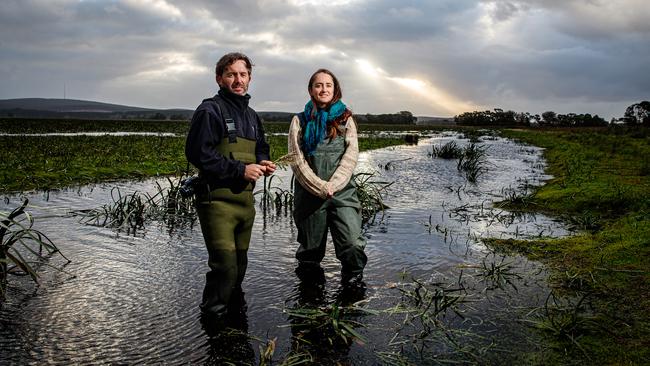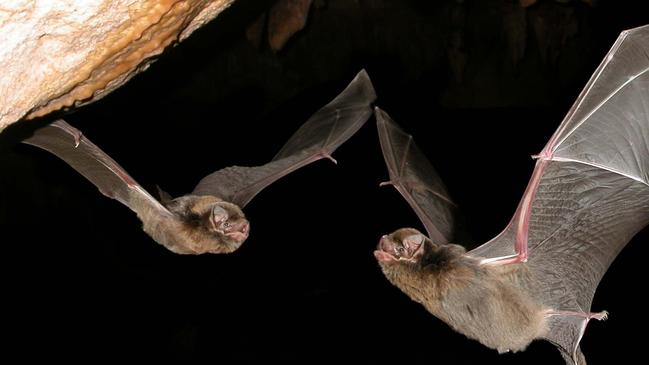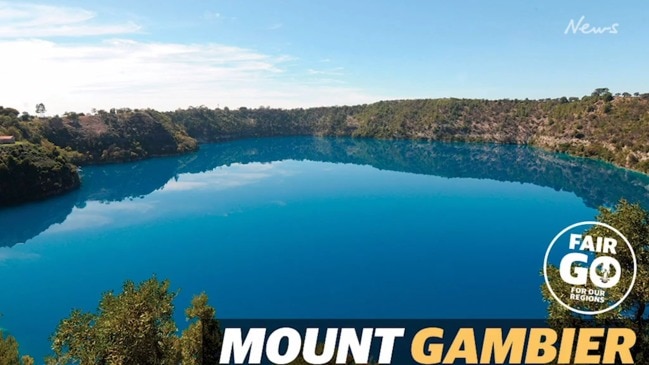Wildlife returns to Nature Glenelg Trust’s Mount Burr Swamp habitat
Threatened species are returning to a former farming site in the state’s South East under a conservation group’s efforts to transform a once degraded habitat.

SA News
Don't miss out on the headlines from SA News. Followed categories will be added to My News.
- River Murray: Plea to save Lower Lakes’ battling species
- $100k donation to bring the vulnerable frog back to the Murray
- Wildlife, views and history abound in 10 of Adelaide’s best hikes
When conservationists took over a 300ha farming site in the state’s South East, its native animal habitat had been severely degraded.
Now, the Mount Burr Swamp is returning to its former glory as part of the Nature Glenelg Trust’s plans to rehabilitate land across southeastern Australia — and threatened species are also coming back.
Project ecologist Rose Thompson says before the trust bought the property in 2016, about half-an-hour’s drive from Mount Gambier, it had been drained for agriculture.
Members sandbagged a drain and planted native vegetation and it has since become a prominent water source in the landscape.
The trust hoped to provide new habitat for nationally threatened species, including the southern bent-wing bat, red-tailed black-cockatoo, growling grass frog, southern brown bandicoot, little galaxias fish and Australasian bittern bird.

In February, Ms Thompson was excited to find one of the bats during a trapping exercise.
“They’ve had a significant decline in the 1950s,” Ms Thompson says.
“That’s likely due to a lot of impacts accumulating, like wetlands being drained. That has flow on effects for the insect species, and it’s an insectivorous bat.”
Finding the bat in a cave — and holding it in her hands — reaffirmed the project’s importance, Ms Thompson says.
“We have these plans and think we’re doing good things but to have it confirmed by the animals being caught on site is really great,” she says.
The trust has also spotted most of the other animals they were trying to return to the site, along with the rakali — a native water rat.

According to the South East’s drainage and wetlands strategy, about 50 per cent of the region was previously made up of either seasonally, or permanently, flooded wetland habitat.
Now, less than 6 per cent of the original wetlands remain and most of it is in poor condition.
Senior ecologist Bryan Haywood says radio-tracking in the South East found bats moved between caves and wetlands, indicating they were likely to be attracted to caves close to swamps where they could hunt for insects.
The Nature Glenelg Trust partnered with the Native Vegetation Council and One Forty One Plantations to buy the Mount Burr restoration site, with support from the local community.
The trust has created thickets around the wetland’s edges, to create protective habitats for birds and bandicoots.
The organisation works to restore habitat through grants, corporate sponsorships and donations.
michelle.etheridge@news.com.au


